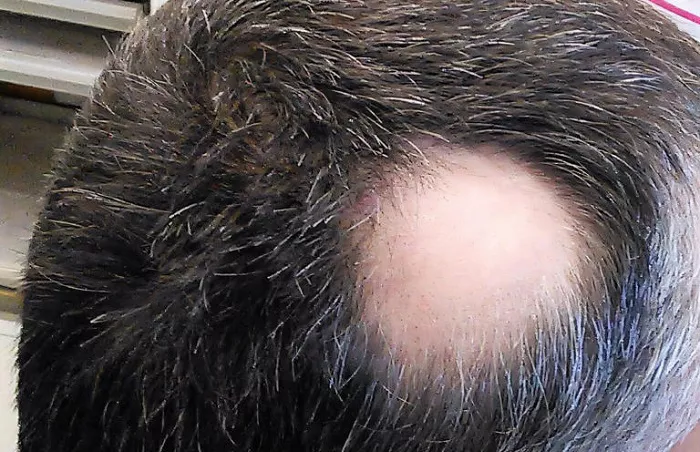A groundbreaking study has revealed that a protein called MCL-1 plays a crucial role in supporting hair regrowth, offering new hope for those suffering from alopecia, an autoimmune disorder that causes non-scarring hair loss on the scalp and body. Affecting nearly 2% of the global population at some point in their lifetime, alopecia has long been a challenge for both medical researchers and patients alike.
In a study published in Nature Communications, an international team of researchers from Australia, Singapore, and China uncovered how MCL-1, a protein essential for the survival of activated hair follicle stem cells (HFSCs), is integral to hair follicle regeneration. Without sufficient MCL-1, these stem cells experience stress and ultimately die, leading to hair loss.
Hair Follicle Cycle and the Role of MCL-1
Hair follicles, which are small, tunnel-like structures in the skin, go through a cyclical process of growth, rest, and shedding. This cycle includes three phases: anagen (active growth), catagen (transition), and telogen (resting). HFSCs are responsible for initiating this cycle by generating new hair. When these stem cells experience stress—whether from follicle shrinkage or hair shaft loss—they can undergo apoptosis, a form of controlled cell death, which exacerbates hair loss.
The BCL-2 family of proteins, including MCL-1, governs whether a cell survives or undergoes apoptosis. While it was known that MCL-1 is a pro-survival protein, its specific role in HFSC regulation and hair regeneration had remained unclear—until now.
MCL-1’s Vital Role in Hair Regeneration
To investigate MCL-1’s role, the researchers conducted experiments on mice by deleting the MCL-1 gene in their skin cells and removing patches of hair. They found that the absence of MCL-1 from birth did not impact the formation of hair follicles but resulted in gradual hair loss due to the decline of HFSCs over time.
In adult mice, the deletion of MCL-1 led to the rapid destruction of active HFSCs, halting hair regeneration entirely in the treated areas. While inactive HFSCs remained intact after MCL-1 deletion, they eventually became stressed when activated to grow new hair. This stress triggered the P53 protein, which regulates cell death, further inhibiting hair growth. However, when the P53 gene was deleted, hair regeneration resumed even in the absence of MCL-1, indicating that MCL-1 and P53 collaborate to balance cell survival and death in hair follicles.
ERBB Signaling Pathway and Hair Follicle Health
Further investigation revealed that the ERBB signaling pathway, which controls various cellular processes, plays a critical role in keeping active HFSCs alive. This pathway was found to increase the production of MCL-1, providing further support for hair follicle survival and regeneration.
Implications for Alopecia Treatment
This study provides a deeper understanding of the molecular pathways that regulate hair follicle growth and cell death. By identifying the role of MCL-1 and its collaboration with P53, the findings open the door to new therapeutic strategies for treating alopecia and preventing hair loss. Understanding these molecular mechanisms could lead to innovative treatments aimed at preserving or restoring hair follicle function, potentially offering new hope to those affected by hair loss.
As research in this area progresses, the discovery of MCL-1’s vital role may pave the way for more effective and targeted treatments for alopecia and other forms of hair loss.
Related topics:
- Anok Yai: Redefining Beauty Standards on the Runway
- Kumarika Celebrates 30 Years of Innovation and Global Expansion
- Soft Swoop Bangs: The Spring 2025 Solution for Thinning Temples


